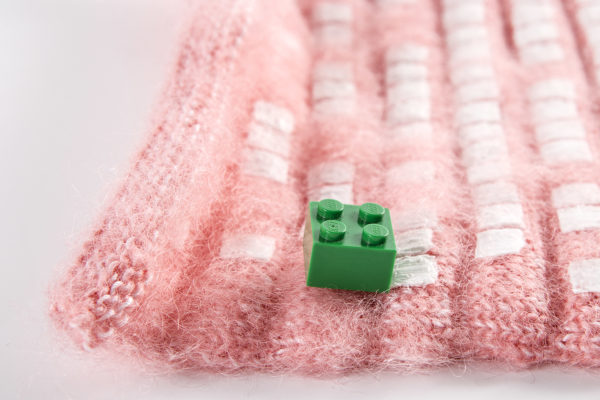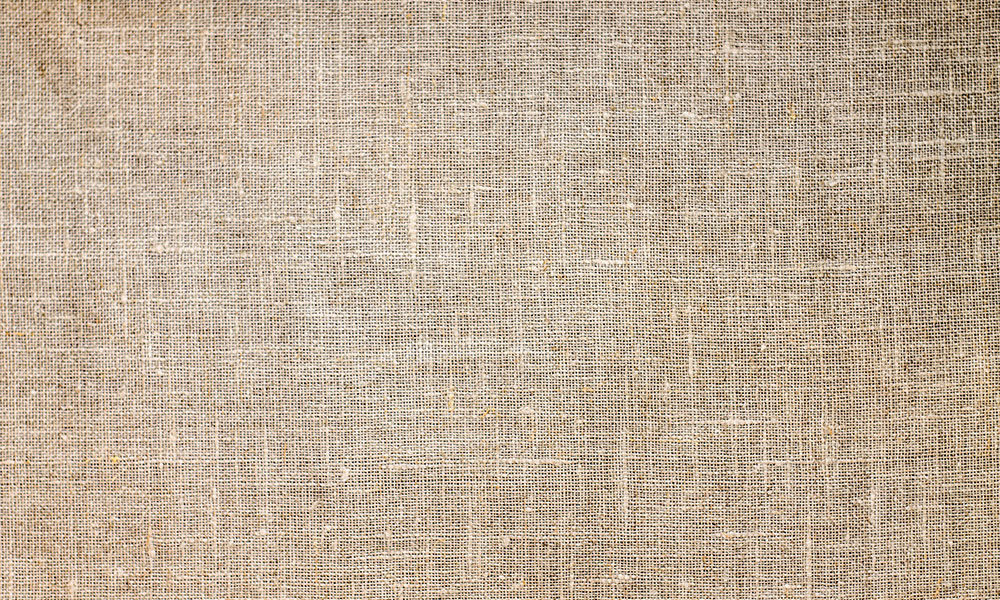Key Takeaways:
- Tactile fabrics have the power to awaken our senses and provide a truly immersive experience.
- Integrating tactile fabrics into our daily lives can enhance our emotional well-being and improve our cognitive abilities.
- The perception of texture involves multiple sensory systems and is influenced by physical properties and prior experiences.
- Tactile fabrics offer a variety of textures ranging from smoothness to coarseness.
- Tactile fabrics are used in fashion and design to add depth and dimension.
- Tactile fabrics play a crucial role in interior design and can create inviting and comfortable spaces.
- Interacting with tactile fabrics can reduce stress and promote relaxation.
- Tactile fabrics provide opportunities for creative expression through crafts, DIY projects, and artwork.
- Tactile fabrics can be incorporated into fashion and style to create unique and visually captivating looks.
The Power of Tactile Fabrics
In a world dominated by screens and digital interfaces, the sense of touch often takes a backseat. However, tactile fabrics have the power to awaken our senses and provide a truly immersive experience. The texture and feel of fabrics can evoke powerful emotions and stimulate our sensory perceptions in ways that other mediums cannot.
Unleashing the Fascination of the Sense of Touch
The sense of touch is often underrated, but it plays a crucial role in our daily lives. From the comforting embrace of a loved one to the reassuring touch of familiar fabrics, our sense of touch connects us to the world around us. Tactile fabrics, with their varied textures, have the ability to captivate our attention and create a deeper connection between ourselves and the objects we interact with.
When we touch a soft velvet fabric or run our fingers over the coarse surface of burlap, we experience a range of sensations that can elicit emotions such as pleasure, comfort, or even surprise. The sense of touch has the power to transport us to different places, evoke memories, and enhance our overall sensory experience.
Why We Should Embrace Tactile Fabrics in Our Lives
Integrating tactile fabrics into our daily lives can have numerous benefits. Firstly, it can enhance our emotional well-being. The textures of fabrics can evoke feelings of warmth, security, and relaxation, helping to reduce stress and anxiety. Additionally, tactile fabrics can also improve our cognitive abilities. The act of feeling different textures can stimulate the brain and enhance our focus, concentration, and memory.

Furthermore, tactile fabrics can provide a source of creativity and self-expression. The ability to interact with fabrics and explore their textures can inspire innovative ideas and foster a sense of artistic exploration. Whether it’s through fashion, interior design, or art, tactile fabrics offer endless possibilities for self-expression and creative experimentation.
Exploring the Science Behind Texture Perception
The perception of texture is a complex process that involves multiple sensory systems working in harmony. Our fingers, with their intricate network of nerve endings, play a crucial role in this process. When we touch a fabric, the nerve endings in our fingers send signals to our brain, which then interprets and processes these signals to create our perception of texture.
Scientists have discovered that our perception of texture is influenced by various factors, including the physical properties of the fabric, such as its surface roughness or softness, as well as our prior experiences and cultural backgrounds. Understanding the science behind texture perception can help us appreciate the intricate relationship between touch and fabric, allowing us to fully immerse ourselves in the tactile experience.
Discovering the World of Sensory Textures
The world of tactile fabrics is vast and diverse, with a multitude of textures waiting to be explored. From the smoothness of silk to the roughness of denim, each fabric has its own unique tactile qualities that can evoke different sensory experiences.
The Different Types of Tactile Fabrics and Their Characteristics
There is a myriad of tactile fabrics available, each with its own distinct characteristics and textures. Silk, for example, is known for its smooth and luxurious feel, while velvet offers a plush and velvety texture. On the other end of the spectrum, fabrics like burlap and canvas have a coarse and rough texture that can add a rugged charm to any design.
Cotton, linen, and wool are popular natural fibers that offer a diverse range of textures. Cotton is soft and breathable, making it ideal for everyday clothing and home textiles. Linen, on the other hand, has a slightly rougher texture that adds a rustic and organic feel to garments and home decor. Wool, with its curly and springy fibers, provides warmth and insulation, making it a popular choice for cozy winter garments.
From Silky Smooth to Coarse and Rough: A Texture Spectrum
The texture spectrum of tactile fabrics is incredibly varied, ranging from silky smooth to coarse and rough. Exploring different textures and finding the perfect balance between softness and roughness can significantly enhance the overall sensory experience.
For those seeking a luxurious and silky touch, fabrics such as satin or cashmere offer a sumptuous feel that is difficult to resist. Satin, with its smooth and lustrous surface, exudes elegance and sophistication, making it a popular choice for evening wear and luxurious bedding. Cashmere, on the other hand, is renowned for its unparalleled softness and warmth, making it a beloved fabric for winter accessories and high-end knitwear.
On the opposite end of the texture spectrum, fabrics like tweed and corduroy offer a more textured and tactile experience. Tweed, with its tightly woven wool fibers, has a distinctive roughness that adds depth and character to jackets and suits. Corduroy, with its ribbed texture, provides a cozy and nostalgic feel, making it a popular choice for casual pants and jackets.
Unlocking the Secrets of Hidden Textures in Fashion and Design
Tactile fabrics have long been used as a means of adding depth and dimension to fashion and design. Designers and artists have tapped into the intricate textures of fabrics to create visually captivating and sensorially engaging pieces.
In fashion, textures play a crucial role in creating visually interesting ensembles. Combining fabrics with contrasting textures can add visual depth and intrigue to an outfit. A mix of smooth and textured fabrics, such as pairing a silk blouse with a tweed skirt, can create a visually striking look that balances elegance with a touch of edge.
In interior design, tactile fabrics are valued for their ability to create inviting and comfortable spaces. Incorporating plush velvet upholstery, cozy woolen throws, or textured rugs can transform a room into a sensory haven. The interplay of different textures can also add visual interest, creating a dynamic and visually captivating interior.
Enhancing Everyday Experiences with Tactile Fabrics
The Role of Tactile Fabrics in Interior Design
Interior design is not just about aesthetics; it is also about creating a space that is comfortable and inviting. Tactile fabrics play a crucial role in achieving this goal. From soft upholstery fabrics to plush cushions and curtains, tactile elements add comfort and warmth to any interior.
When selecting tactile fabrics for interior design, it’s important to consider both the visual and tactile qualities. Fabrics with a smooth texture, such as silk or satin, can lend a sense of elegance and sophistication to a space. On the other hand, fabrics with a more textured surface, such as velvet or boucle, can add visual interest and create a cozy atmosphere.
Creating a Sensory Haven: Tactile Fabrics in Home Decor
Home decor is an opportunity to express our personal style and create a space that truly feels like home. Tactile fabrics can play a significant role in making our homes more inviting and comfortable.
Introducing tactile fabrics into home decor can be as simple as adding soft throw pillows or plush blankets to a sofa. These small touches can instantly make a space feel cozier and more inviting. Additionally, incorporating textured fabrics into curtains, rugs, or wall hangings can add visual interest and enhance the overall sensory experience of a room.
Tactile Fabrics and Their Impact on Health and Well-being
The impact of tactile fabrics goes beyond aesthetics and comfort; they can also have a positive effect on our health and well-being. Research has shown that interacting with tactile fabrics can reduce stress levels and promote relaxation.
One study found that touching soft fabrics can trigger the release of oxytocin, a hormone often referred to as the “cuddle hormone” due to its association with feelings of comfort and bonding. By incorporating soft and tactile fabrics into our daily lives, we can create an environment that promotes relaxation and emotional well-being.
Unleashing Your Creativity with Tactile Fabrics
Exploring Tactile Crafts and DIY Projects
Tactile fabrics provide a wealth of opportunities for creative expression. Engaging in tactile crafts and DIY projects allows us to explore different textures and create unique and personalized pieces.
From sewing and embroidery to weaving and felting, there are countless tactile crafts that allow us to experiment with different fabrics and textures. Creating a tactile mosaic with different fabric swatches, for example, can result in a visually stunning piece of art that begs to be touched and explored.
Using Tactile Fabrics to Add Depth and Dimension to Artwork
Artists have long been fascinated by the interplay of textures in their work. Tactile fabrics can be incorporated into various art forms, such as painting, sculpture, and mixed media, to add depth and intrigue.
Texture can be used to create contrasts and draw the viewer’s attention to specific areas of a piece. By combining smooth and rough textures, artists can create a visual and tactile experience that captivates the senses.
Embracing Tactility: Incorporating Tactile Fabrics into Fashion and Style
When it comes to fashion and style, tactile fabrics offer endless possibilities for self-expression and creativity. Incorporating different textures and fabrics into your wardrobe can elevate your outfits and make a statement.
Experimenting with textures can be as simple as pairing a chunky knit sweater with a smooth silk skirt or layering different fabrics, such as lace and velvet, to add visual interest. Mixing and matching textures allows you to create unique and visually captivating looks that showcase your personal style.
As you explore tactile fabrics, remember to consider the season, occasion, and your personal preferences in terms of comfort and style. With the right combination of textures, you can create outfits that not only look great but also feel delightful to the touch.
In conclusion, tactile fabrics have the power to awaken our senses and enrich our daily lives. By embracing these fabrics and exploring their textures, we can enhance our emotional well-being, engage our creative spirit, and create sensory experiences that are truly unforgettable. From fashion and design to everyday experiences, tactile fabrics have the ability to transform and elevate our interactions with the world around us. So, let us embark on a journey through textures and touch, and discover the endless delights that tactile fabrics have to offer.











